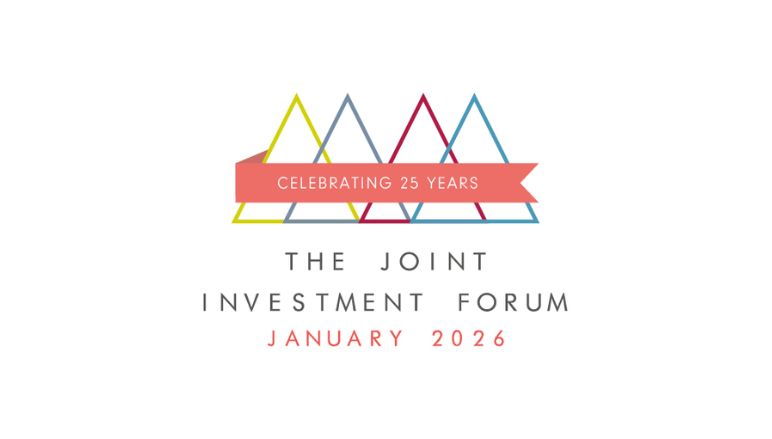Having fallen steeply during February, global bond yields continued their decline in March. As the coronavirus continued its spread, more countries instigated lockdowns and businesses and factories shut down, and travel was restricted, fuelling concern that a global recession is brewing.
- Investors’ appetite for risk continued to weaken
- Central banks around the world cut their interest rates
- The outlook for the global economy – and global creditworthiness – looks bleak
To view the series of market updates through March, click here
Having fallen steeply during February, global bond yields continued their decline in March. As the coronavirus continued its spread, more countries instigated lockdowns and businesses and factories shut down, and travel was restricted, fuelling concern that a global recession is brewing. Bond prices rose and share prices plunged as investors shunned riskier assets in favour of perceived safe havens, and the CboE Volatility Index (VIX), which measures volatility in stocks in the S&P 500 Index, rose to its highest level since 2008.
“The yields on the ten-year and 30-year Treasury bonds fell to all-time lows”
The yields on the ten-year and 30-year Treasury bonds fell to all-time lows during March. The yield on the benchmark US Treasury bond dropped from 1.15% to 0.66%, plumbing a low of 0.38% during the month. Meanwhile, the yield on the 30-year Treasury bond fell from 1.68% to 1.32%, dropping as low as 0.69% during the month.
Central banks around the world cut interest rates in a bid to combat the economic impact of the virus. Countries that eased rates included the US, the UK, Canada, Australia, South Korea, Malaysia, Iceland, Norway, Brazil and India. According to the Managing Director of the International Monetary Fund (IMF), Kristalina Georgieva, the outlook for global growth in 2020 is negative, and she expects “a recession at least as bad as during the global financial crisis or worse”.
Social distancing measures have damaged short-term growth prospects, according to credit ratings agency Standard & Poor’s (S&P), which expects the drop in economic activity and “risk-off” activity in financial markets to place “significant pressure” on creditworthiness worldwide. Defaults are likely to be particularly prevalent in industries with significant exposure to the impact of social distancing and plummeting global demand – such as airlines, transportation and retailing – and those that rely on cross-border supply chains, which are likely to come under pressure from collapsing cash flows and tighter financing conditions.
Credit ratings agency Fitch affirmed its “AAA” rating for the US with a “stable” outlook, citing the size of the US economy, its high per-capita income, its “dynamic” business environment, and the US dollar’s ongoing status as the world’s foremost reserve currency. Nevertheless, Fitch also examined threats that are beginning to erode the credit strengths of the US, including high fiscal deficits and debt alongside the shorter-term economic and fiscal impact of the coronavirus.
A version of this and other market briefings are available to use in our newsletter builder feature. Click here


















